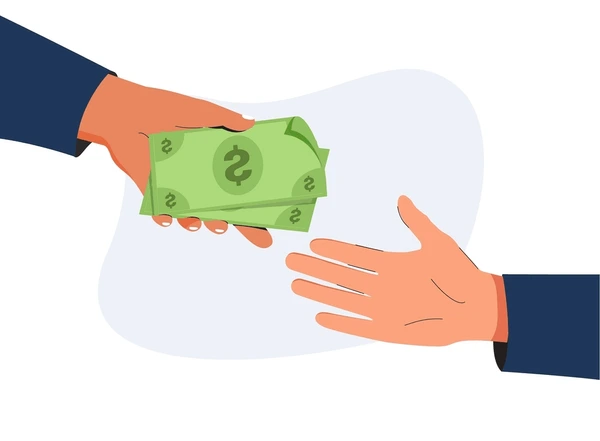In the wake of rising interest rates and growing financial challenges, understanding the nuances of borrowing money becomes paramount for individuals navigating economic uncertainties. As households grapple with debt-related concerns, a comprehensive approach to borrowing emerges as a crucial aspect of financial planning.
Decoding Debt Dynamics: Four Tips for Borrowing Wisely
Determining a reasonable amount of debt requires a personalized approach, considering individual financial landscapes. The Debt Service Ratio, calculated by dividing monthly debt by income, serves as a practical tool. With a recommended threshold of 25% or less, individuals can gauge their comfort level for debt repayment.
1: Defining Your Debt Limits
Understanding the acceptable level of debt varies for each individual, contingent on their unique financial circumstances. The Debt Service Ratio, calculated by dividing monthly debt by monthly income, emerges as a useful metric. A ratio of 25% or less is generally deemed acceptable, aiding in setting limits on debt commitments based on income.
2: Choosing Reliable Lenders
Opting for established financial institutions, such as banks, ensures transparent terms, predefined fees, and interest rates. Borrowing from recognized institutions not only builds credit scores but also provides a regulated framework for future loans like mortgages or vehicle financing.
3: Steering Clear of Unadvisable Sources
While friends and family may seem like convenient sources for borrowing, the potential strain on relationships due to missed repayments is significant. Loan sharks, operating outside regulatory frameworks, charge exorbitant interest rates, preying on vulnerable consumers. Recognizing and avoiding these sources is crucial for financial well-being.
4: Purposeful Borrowing for Sustainable Outcomes
Scrutinizing the purpose of borrowing is essential. While debt can fund various purchases, using it for consumable goods or non-monetary value items may lead to excessive interest costs. Evaluating the long-term impact of interest and commitment to repayment is vital when considering purchases through debt.





